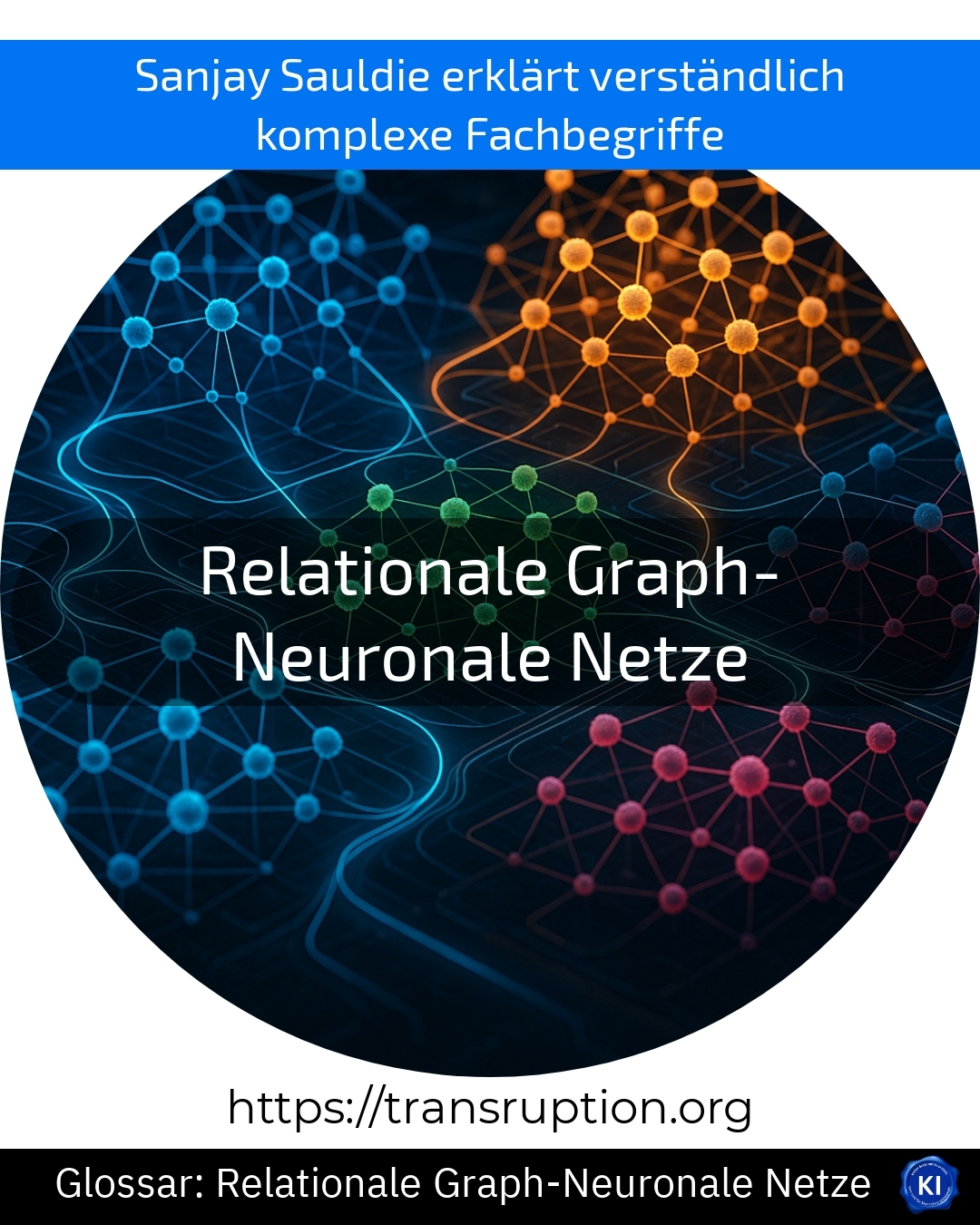Relational graph neural networks are at home in the fields of artificial intelligence, big data, smart data and digital transformation. They help to recognise and understand very complex relationships in large data networks.
Imagine you have a huge network of data points - for example, all the suppliers, customers and products in a large company. Relational graph neural networks enable computers to analyse the relationships between these points. They don't just think in pigeonholes, but look at how everything is connected.
A simple example: a company wants to find out which customers have similar purchasing patterns. Relational graph neural networks take the customer data as "nodes" and the joint purchases as "connections" in the so-called graph. The network now learns to recognise patterns in these relationships - for example, which customer may soon need a certain product.
This technology is used to gain completely new insights from data, improve forecasts and facilitate decision-making - from industry to online shops.















